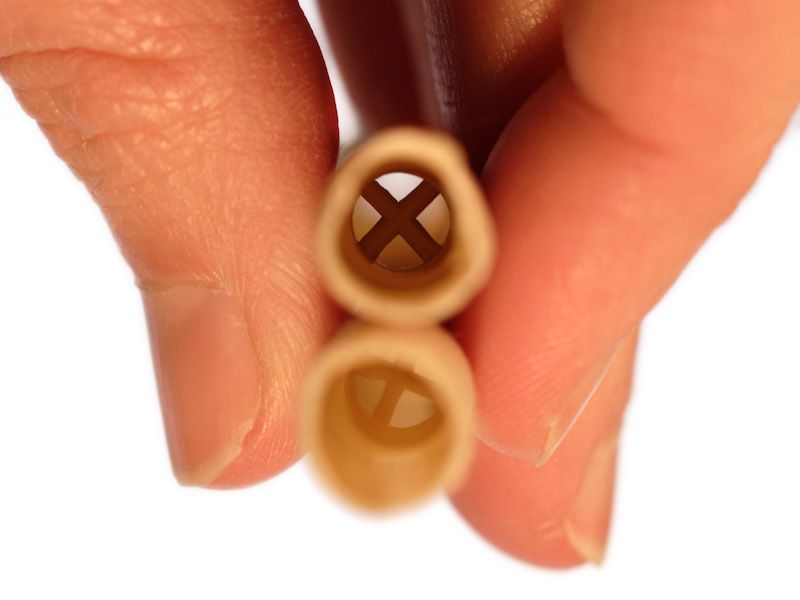
In some communities, the practice known as “ear candling” is routinely thought to be a good way to reduce earwax. Is ear candling effective and what is it?
Earwax Candles, is it Effective?
Spoiler alert: No. No, they don’t.
Why then do otherwise logical people persistently accept in this pseudo-science. It’s difficult to say with much precision. But the more you know about earwax candling, particularly the risks involved, the more likely you can draw an informed decision (even if the sensible decision is pretty obvious).
What is Earwax Candling?
So here’s the basic setup: Perhaps you’re not sure how to get rid of all your accumulated earwax. You know you’re not supposed to use cotton swabs (which is good, cotton swabs are not a great way to clean out your ears, in most cases). So you begin searching for a substitute and discover this approach called earwax candling.
Earwax candling supposedly works as follows: By sticking a candle into your ear (wick side out), you cause a pressure differential. This pressure difference then pulls the wax out. Any wax that may be backed up in your ear can, in theory, be pulled out by this amount of pressure. But cleaning your ears this way can be dangerous.
Why Doesn’t Ear Candling Work?
This practice has a few problems, like the fact that the physics just don’t work. It would require a significant amount of pressure to move earwax around and a candle is not capable of creating that amount of pressure. Second, producing that type of pressure difference would require some type of seal, which doesn’t happen during candling.
Now, the candles used in these “procedures” are supposed to be special. All of the wax that was in your ear can be found within the hollow portion of the candle which can be broken apart when you’re finished with your 15 minutes of ear candling. The only problem is that the same debris shows up in both burned and unburned candles. So this “proof” is actually nonsense.
Scientific research has been unable to prove any benefit associated with earwax candling.
So Earwax Candling Doesn’t Work, But How Safe is it?
So, you may as well give it a try, right? Well, any time you get hot candle wax around your ears, you’re looking for trouble. Look, it’s very possible that you might try ear candling and walk away completely unscathed. People do it regularly. But that doesn’t imply there aren’t risks involved, and it certainly doesn’t mean that ear candling is safe.
The negative impacts of ear candling can include:
- You could cause severe injury when you play around with an open flame and potentially even put your life in danger. Seriously, you could burn your house down. It’s not worth the risk to attempt this ineffective technique of wax elimination.
- Severe burns inside ear. When melted candle wax goes into your ear, it can result in severe hearing problems and burns. In the most extreme cases, this might permanently jeopardize your hearing.
- Once the wax cools down it can block your ear canal. This can cause temporary hearing loss or, in the most serious cases, call for surgery.
You Can Clean Your Ears Without Needing a Candle
Most people will never truly have to be concerned about cleaning earwax from their ears. That’s because your ears are actually pretty good about cleaning themselves! But you may be one of those people who have an unusually heavy earwax production.
If it turns out that you have too much earwax there are practices that have been proven to work safely. For example, you could get a fluid wash. Or you could see a specialist who will be able to use specialized tools to clean the excess wax or wax blockages out.
Cotton swabs are definitely not the way to go. And you should also stay away from using an open flame to clear out earwax. Earwax candling is a procedure that has no benefit and will put your ears, and your entire person, at considerable risk of injury and damage. So maybe it’s time to put those special candles away.